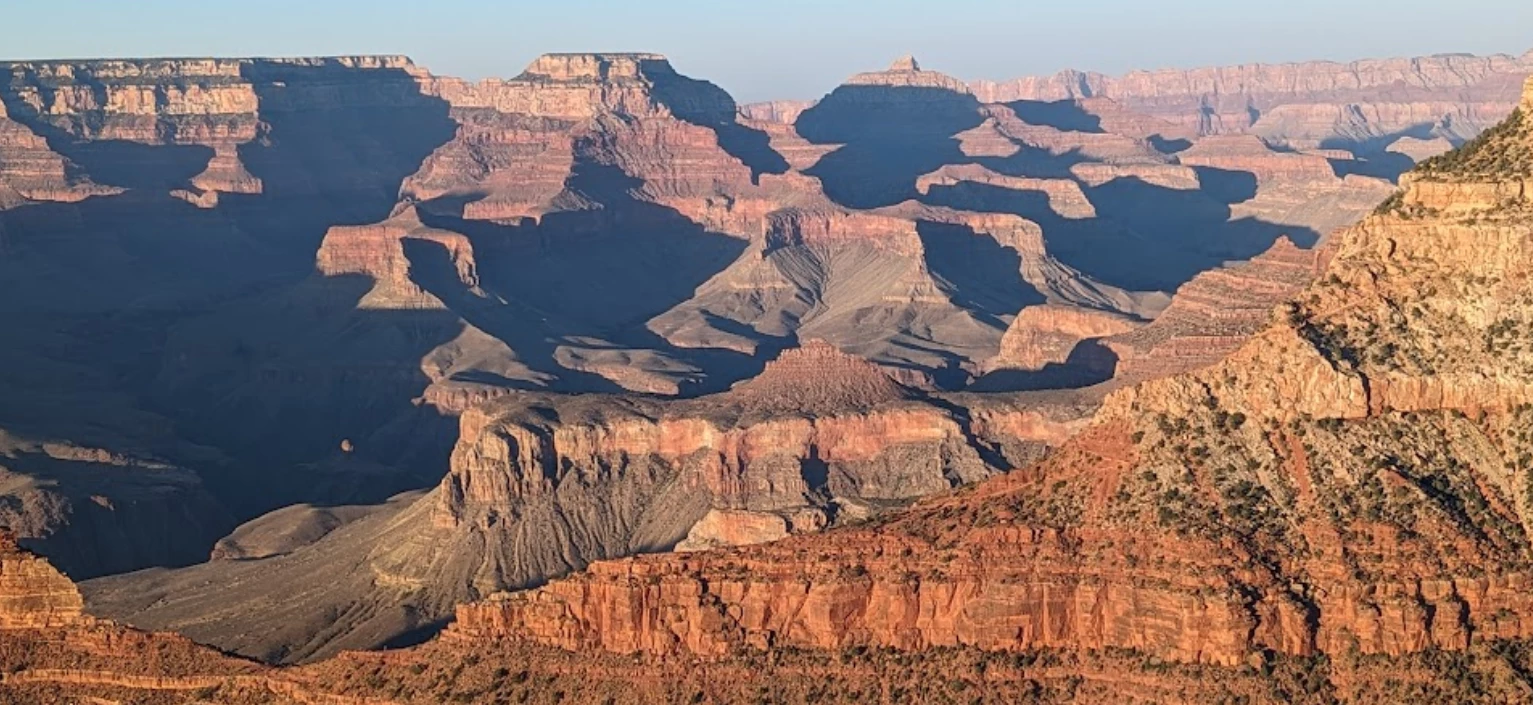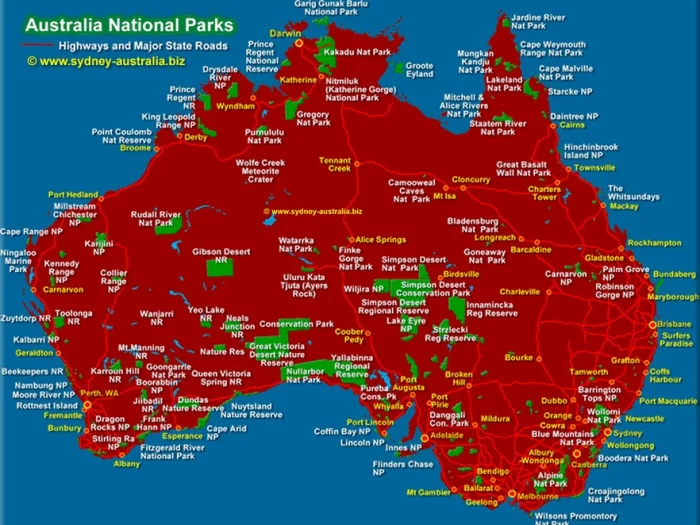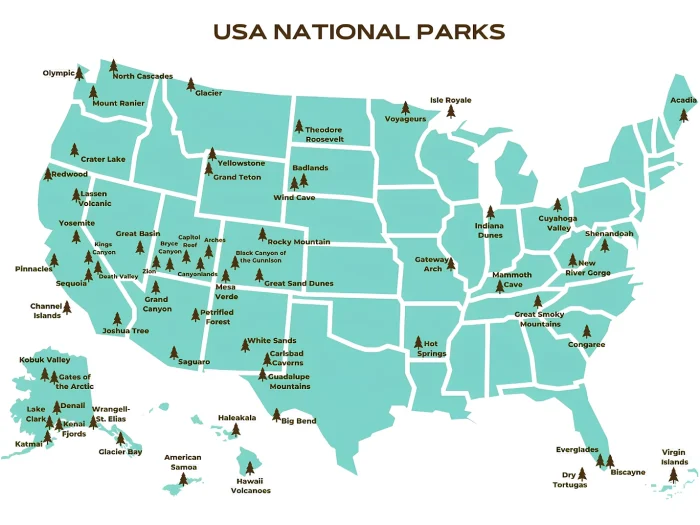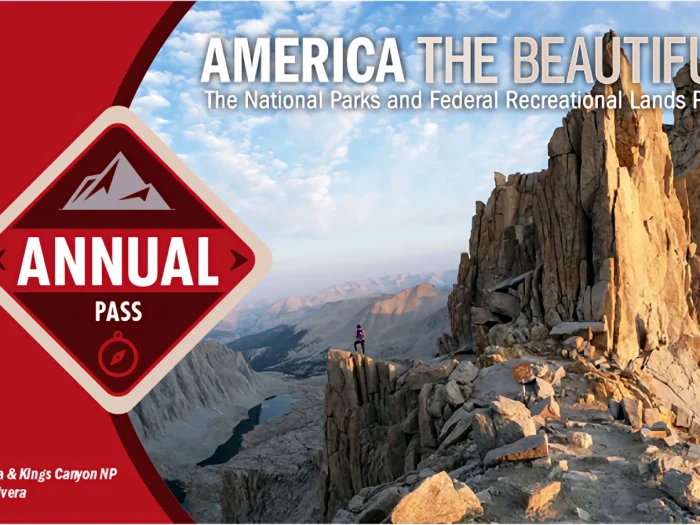A College Student’s Guide to Affordable National Park Adventures
A college student’s guide to affordable national park adventures includes tips on budgeting, travel, and enjoying nature, all while staying on top of academics with support from UK Writings essay service when needed. UKWritings.com offers expert essay help, allowing students to focus on their adventures without worrying about falling behind on assignments.
Do you want to visit the grand canyons, cascading waterfalls or snowy mountain summits in America’s national parks but think you can’t afford it? Forget dismal dorm rooms and expense-ridden excursions – college students can hit the road and head to the wilderness for a fraction of what you might think. While it will cost a bit to enter your destination park, the national parks are a treasure trove of freebies. Night skies, campfires and wildlife viewing have no price tags.

Planning Your Trip
Affordable national park adventure is all about planning. First, figure out what park you want to visit and when. Pop-u-lar parks such as Yellowstone and the Grand Canyon swell with people and prices during the high summer months. Visit on an ‘off’ week such as late spring, early fall or even mid-winter.
Next you have to pick a park to visit. The national park website for each park has details about the sites, trails, campgrounds and entrance fees, so you can look at it ahead of time and sketch a general idea of the park’s layout and the attractions you want to see and activities you would like to do.
Getting There
Transportation costs can be a hefty expense for any trip, but taking friends along can help you split gas, traveling by bus or train can be much cheaper than driving, and some parks are accessible by public transportation, which can be a great cheap option as long as you’re good with some extra planning.
For college students planning affordable national park adventures, budgeting and travel tips are essential. If you must fly, be flexible with your dates and shop for tickets using the flight comparison sites. Remember to factor in getting from the airport to the park. Some parks offer shuttle buses, but some will require a rental car or ride-share.
Saving on Park Fees
National park entrance fees add up. The America the Beautiful Pass, issued by the National Park Service, is good for entrance fees to all national parks and federal recreation-land areas, for the full year. If you plan a series of trips to two or more parks, the fee for the America the Beautiful Pass will be more than worth it: you will have gone more than 12 times, for the price of just one! A thrifty college student can use this pass for multiple trips to parks in one year.
Even better, many of the parks have free days, usually on one or two specific days of the year, such as the third Thursday in August (National Park Service birthday) and Martin Luther King Jr Day, the opening weekend of National Park Week in April, and Veterans Day. Try to plan your trip to slot into one of those dates if you are keen to save some cash.
Budget-Friendly Accommodation
Accommodation costs can make a trip more expensive, but if you’re a college student, you likely don’t have to spend much on staying in or close to a national park. Camping is the cheapest and easiest option at most parks. At all of them, you can camp in established campgrounds with restrooms and picnic tables for your food. Others may choose a more extreme hiking option, backcountry camping, that gives you an even more wilderness experience.
If you don’t already have this gear, don’t despair: many campuses have outdoor rec programmes that rent out tents, sleeping bags and other camping hardware for a reasonable price; or you can go to local outfitting stores for rentals as well.
If you don’t fancy sleeping rough, find a hostel or cheap hotel in the nearest town.
Alternatively, look for lodges or cabins at some parks: these can be affordable if you split the cost with several friends.
Eating on a Budget
Food costs can also mount up so taking along a cooler with sandwiches, fruit and snacks for day trips into the park, and portable stove for making simple meals back at the camp can be a cost-effective way to eat while traveling. Most campgrounds have communal grills, which can be used as well.
When you do eat out, go to local diners or food trucks rather than tourist places, which tend to be more expensive. Many parks have cafeterias or general stores with reasonably priced food and supplies.
| Meal Type | Budget-Friendly Options | Estimated Cost per Day |
| Breakfast | Oatmeal, fruit, granola bars | $3 – $5 |
| Lunch | Sandwiches, trail mix, energy bars | $5 – $7 |
| Dinner | Pasta, canned soup, hot dogs | $5 – $10 |
| Snacks | Nuts, dried fruit, crackers | $3 – $5 |
Free and Low-Cost Activities
Among the many benefits of our national parks is that some of the best and most enjoyable things you can do in them are free. All parks offer hiking trails and scenic drives; most offer access to wildlife; and all offer free ranger-led programmes featuring guided hikes and walks, evening campfire talks, and other programmes on the natural and cultural history of the park.
Visit most parks’ visitor centers – from the rudimentary welcome center to the expansive interpretation centers with their interactive exhibits, films and information panels – to enhance your appreciation of the park. Most of these sites are free to visit and a great way to access and begin an adventure at the park.
For activities that do have a fee, such as boat tours, horseback riding and the like, find out if there are off-peak discounts or group rates. Many parks offer discounts for certain activities for students, so always ask for special rates.
Gear Up Wisely
The right equipment can make or break your trip to a national park, but you don’t have to break the bank to get it. Refer back to the list above; if you go to the outdoor recreation program at your college or university, they might rent all or most of the equipment on that list. If they don’t, look for small, specialized outdoor equipment stores, or large-scale online outlets that carry gently used outdoor gear for a fraction of what new gear costs.
Keep it simple: A pair of hiking boots, a proper backpack and clothing for the weather you’ll encounter. Buy a reusable water bottle and a first aid kit. The rest, get creative. A trash bag is a pinch-hit rain poncho, and a bandana works for everything from blocking out the sun to a heat-resistant pot holder.
Embrace the Digital Detox
The best way to make a national park more affordable – and far more enjoyable – is to chill: to eschew the constant tether of digital updates and uploads of photos and texts. Most parks have little in the way of cell service or Wifi, which can be fortunate: you’ll save on your data plan, certainly, but also will spend less time checking in and more time checking out. 3. Say No to Books It’s tempting to load up on reading material for a trip, but if you’re spending a lot of time outside hiking or camping, finding space for all those times can be a challenge. And, like your cache of photographs, your books will probably just end up sitting in a drawer somewhere.
You don’t even need your phone (try bringing a physical map and compass and learn to read waymarks). This can be a great adventure and a good skill in itself. For photos, bring a point-and-shoot instead of a fancy DSLR and the memories will be more valuable than an Instagram feed anyway.
Travel with Friends
Traveling with a group of other people can make the trip much cheaper. For example, you can split the petrol costs and the cost of the campsites. Furthermore, if you go on a road trip with friends, you can enjoy yourself and have some great memories.
If you are traveling in a group, allocate duties to each traveler: have one person be in charge of navigation, another responsible for meal planning, or someone else for researching free activities. This will not only give you a plan for the trip but will make everyone feel like a part of the adventure.
Leave No Trace
So as you thrift your way around the nation’s parks this summer, please abide by the tenets of Leave No Trace, so these places will be there for your grandchildren, too: pack out everything you pack in; stay on the trails; respect wildlife at a distance.
Besides being more ecologically sound, being a ‘good citizen’ of a park can reduce your expenses – you won’t have to pay fines for improperly disposing of trash, or for not adhering to park rules. Some parks also have volunteer programmes that can be a great way to give something back, while also giving you perks such as free camping.
Maximize Your Visit with Smart Timing
A day-to-day itinerary might not be the best way to plan your trip. If you can afford more time away from home, spend your days in one or two parks instead of rushing through six different ones. You’ll have a deeper experience of the park and will be more likely to stumble upon the hidden niches of the ecosystem. Plus, by streamlining your transportation expenses and staying in just one or a couple of parks, you’ll be able to take advantage of the almost endless number of free activities and ranger programme options, many of which are available only in the evening.
Conclusion
Vacations at America’s national parks don’t have to bust your budget. Paying attention to where you spend your money, getting there on the cheap, and making it worthwhile can be the hallmarks of a great trip. College students can accomplish this and still have money in their bank accounts when they return. After all, some of the best vacation experiences mean you can sink your feet into a grassy knoll after a hard hike, gaze at the stars, and watch a sunset – all for free.
Save money, yes, but make memories too. The skills that travelers acquire – how to read a map, cook over a fire – and the connections to the environment and each other will last long after you’ve returned to dorm rooms and classrooms.
Put on your walking shoes and get ready to travel inexpensively into some of America’s most beautiful landscapes. The national parks beckon, and you don’t have to have deep pockets to respond. It’s time to spend your college years immersed in the natural beauty that the national parks offer, making memories that will last forever and an indelible, lifelong love for the remarkable variety and beauty that the national parks of this magnificent country have to offer to all of us.




